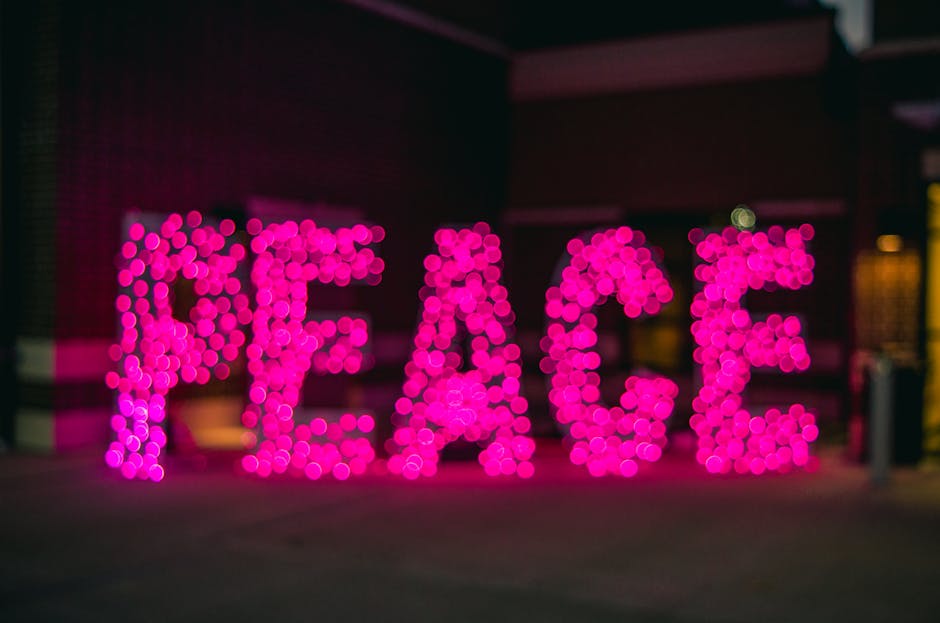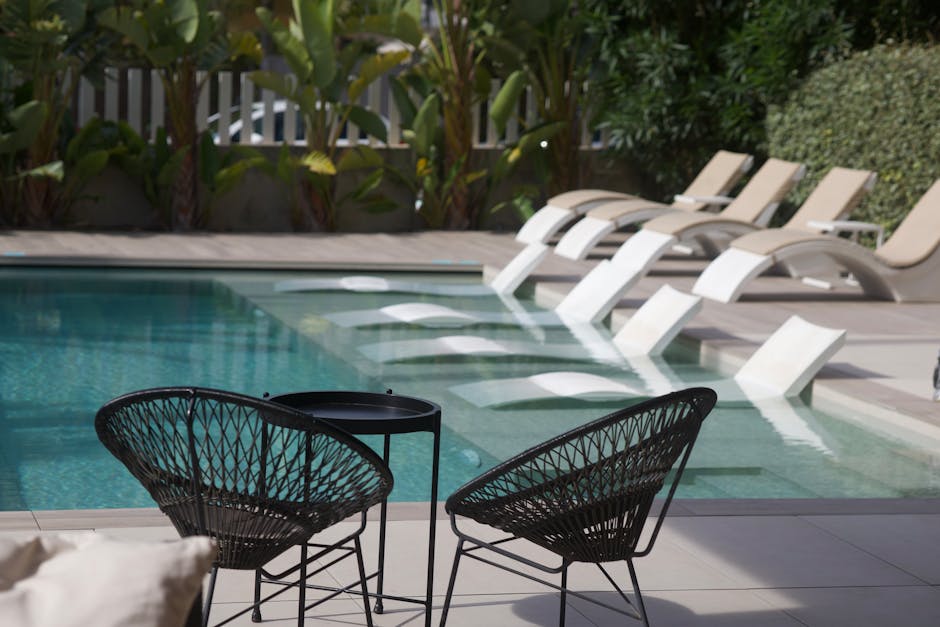Why Outdoor Lighting Matters
Outdoor lighting isn’t just about making things look pretty. It’s about making your yard, patio, or deck work—even after the sun disappears. Good lighting turns a dark corner into a reading nook, a driveway into a safe welcome mat, a backyard into the perfect place for a nightcap fire pit session.
Safety is your baseline. Path lights prevent tumbles, well-lit steps keep guests from guessing. Then comes function—maybe it’s a sensor light by the grill, or a soft glow over the dining table that lets the conversation keep going without squinting.
Then there’s mood. Warm tones make even chilly evenings feel cozy. A few lights placed right can frame your favorite tree, bounce off textured stonework, or fill the space with that low, inviting hum that says: stay a while.
And smart lighting? Game changer. Set schedules, shift colors, automate based on season or time of day. The right system doesn’t just turn on the lights—it creates zones, shifts ambiance, and responds to real life, whether that’s a summer BBQ or an October drizzle.
Bottom line: outdoor lighting makes your space usable and inviting—year-round, after sundown, across the seasons. It’s form meets function, with real-world benefits anyone who’s fumbled for a doorknob in the dark can appreciate.
Layering Light: The Key to Outdoor Ambience
Good outdoor lighting isn’t about flooding your backyard with brightness—it’s about layering. Start with ambient lighting. Think string lights stretched over a pergola, lanterns scattered around your seating area, or a few soft-glow floodlights bounced off walls or fences. This sets the tone. It’s gentle, inviting, and helps define the space without overwhelming it.
Next, bring in task lighting where you need to see clearly. Grilling stations, walkways, and outdoor dining areas need focused, practical light. Slim LED fixtures under counters, path lights embedded along walkways, or overhead spots above your grill—they don’t need to be fancy, just reliable and well-placed.
Accent lighting is the finishing touch. Use it to highlight things that make your space interesting—like a big tree, a sculpture, or a cool architectural texture. A couple of focused uplights or spotlights can turn ordinary features into focal points. The trick is restraint. A little accent light goes a long way.
The right mix of ambient, task, and accent lighting turns your yard into a place you’ll actually use at night. Think of it like building a playlist: you need background, hooks, and a few surprises to keep the whole thing flowing.
Creative Lighting Techniques That Work
Let’s talk about technique. Good lighting isn’t about throwing money at fixtures—it’s about using what you’ve got, smartly.
Start with up-lighting and down-lighting. Up-lighting works well when you want to draw attention: think tree trunks, textured walls, or a bold sculpture. It adds drama without being over the top. Down-lighting, on the other hand, is your go-to for creating calm. Mount lights in trees or overhead structures to mimic natural moonlight and keep things soft. Use down-lights for seating areas or to highlight garden beds without blinding anyone.
Now, shadow casting. This is where spotlight placement matters. Angle light through fencing, garden screens, or even layered plants, and you get textures and shapes dancing across your space. It adds depth—without needing anything new other than a rethink on positioning.
Lastly, bounce that light. Metallic pots, mirrored garden decor, and even stainless steel grill fronts can reflect light into new corners of your yard. Bounced light is an easy win when you need a little extra glow without adding more fixtures. Just angle your source and let the surfaces handle the distribution.
Creative lighting is about working angles, not just lumens. Done right, it feels like magic—only cheaper.
Smart & Solar Options: Set It and Forget It
If you want great outdoor lighting without the hassle, this is where things get smarter—literally. Solar-powered lights have come a long way. They’re bright enough now to handle pathways, patios, and accent zones, while cutting your energy bill to zero. No cables, no trenching—just stick them in and let the sun do the rest.
Then there’s the control factor. Motion sensors make sure lights aren’t burning when no one’s around, while timers help you set a lighting routine you don’t have to think about. It’s simple, functional, and safer. Walkways light up when someone approaches, porch corners stay dark if unneeded.
Want total control? App-connected lighting systems let you manage zones, colors, and schedules from your phone. Some even integrate with voice assistants. Whether you’re going for chill evening vibes or trying to make sure the entry is lit before you get home, these systems put you in charge of the whole show—with just a tap.
DIY Ideas That Don’t Look Homemade
Not all DIY lighting needs to scream ‘weekend project.’ Done right, simple materials can look sharp, intentional, and even a little high-end.
Mason jar lanterns are a classic for a reason—affordable, versatile, and easy to hang from trees or line along a walkway. Fill them with fairy lights or flickering LEDs for instant atmosphere. Wine bottle torches bring an industrial-chic vibe, especially when mounted on a fence or balustrade. Just one or two brings character without going full Pinterest overload. And rope lights under benches? A game-changer. They ground your seating area and create subtle, useful glow that doesn’t blind anyone.
For something more built-in, think beyond placement. Integrated lighting in raised planters or along built-in seating pulls double duty—highlighting form while serving function. Hidden LED strips tucked in wood joints or under overhangs give clean, modern lines with no visible clutter.
One of the best sources for materials? Your own garage or recycling bin. Old copper pipes, steel colanders, even weathered wood scrap can turn into lighting features with the right finish. It’s about detail, not budget. Designer edge isn’t about price tags—it’s about intention. If it looks like it belongs, it works.
Seasonal & All-Weather Strategies
Outdoor lighting isn’t just about style—it has to survive the elements. Cheap fixtures crack in the cold, rust in the rain, and fry under a relentless sun. The best all-season lighting uses weather-sealed housings (look for high IP ratings), heavy-duty wiring, and UV-resistant materials. For areas exposed to wind or storms, opt for low-profile fixtures that won’t sway or snap. Stake lights and path lights should anchor deep, especially in freeze-thaw climates where the ground shifts.
Then there’s color temperature, which plays a bigger seasonal role than most realize. Warm white (around 2700K) works best in fall and winter—it softens the harshness of long, dark nights. Cooler tones (4000K–5000K), on the other hand, pop in the spring and summer, especially when paired with greenery or modern design.
Bottom line: invest in weather-tough fixtures and dial in your color temp like you would your coat or playlist—it changes with the season.
(Related read: Designing All-Weather Patios for Year-Round Enjoyment)
Final Tips to Pull It Together
Start with a simple rule: less is more, but not too little. A common mistake in outdoor lighting is flooding everything with too much brightness or scattering lights without a plan. Both end up looking messy. Avoid creating harsh glare or ugly shadows by spacing lights evenly and aiming for a balanced layout. Think of your space like a stage—highlight the key areas (like walkways, seating zones, and statement plants), and let the rest fade into soft ambiance.
When it comes to color temperature, you don’t need a lighting design degree—just remember this: warm white (around 2700K–3000K) sets a cozy, welcoming mood. Great for patios, firepit zones, and any place you’d sip a nightcap. Cooler whites (4000K–5000K) work better for tasks—like grilling—or security lighting. Avoid mixing them in the same view unless you’ve got a solid reason—it can feel disjointed.
As for whether to call in the pros or do it yourself, here’s the lowdown. Go DIY if it’s basic: solar stakes, plug-and-play string lights, small accent floods. But when you’re burying electrical cables, mounting fixtures on trees, or dealing with multi-zone smart systems, it’s worth hiring someone who knows what they’re doing. It saves time—and probably a few headaches.
Make It Glow—Your Way
Every outdoor space has untapped potential. Whether you’re working with a compact balcony, a spacious deck, or a full backyard patio, lighting is one of the easiest and most impactful ways to upgrade your environment.
Any Space Can Shine
– Small space? Accent with hanging string lights or mounted wall lanterns
– Medium patio? Try layered zones with spotlights and under-bench LEDs
– Expansive yard? Mix path lights with focal up-lighting for trees or sculptures
Start with one area, then build from there.
Simple Layers = Big Impact
Layering light doesn’t require a massive setup. It just needs intention:
– Ambient lighting sets the mood
– Task lighting adds function to outdoor dining or prep zones
– Accent lighting brings depth and character at night
Tip: Always test your lighting setup at night before making it permanent—subtle adjustments can lead to much better results.
Let the Seasons Guide You
Outdoor lighting should evolve through the year:
– Spring/Summer: Warm tones for lively evenings, string lights for ambiance
– Fall/Winter: Spotlights and cool-toned LEDs to cut through early darkness and accent texture
Swapping out bulbs or repositioning fixtures seasonally can refresh your entire outdoor vibe.
The Real Payoff: More Time Outdoors
Investing in thoughtful outdoor lighting means:
– Longer nights on the patio
– Safer and more beautiful walkways
– A space that genuinely feels like an extension of your home
Done right, lighting invites you to linger outside—no matter the season.
Start with what you have, layer as you grow, and let your outdoor space shine your way.



